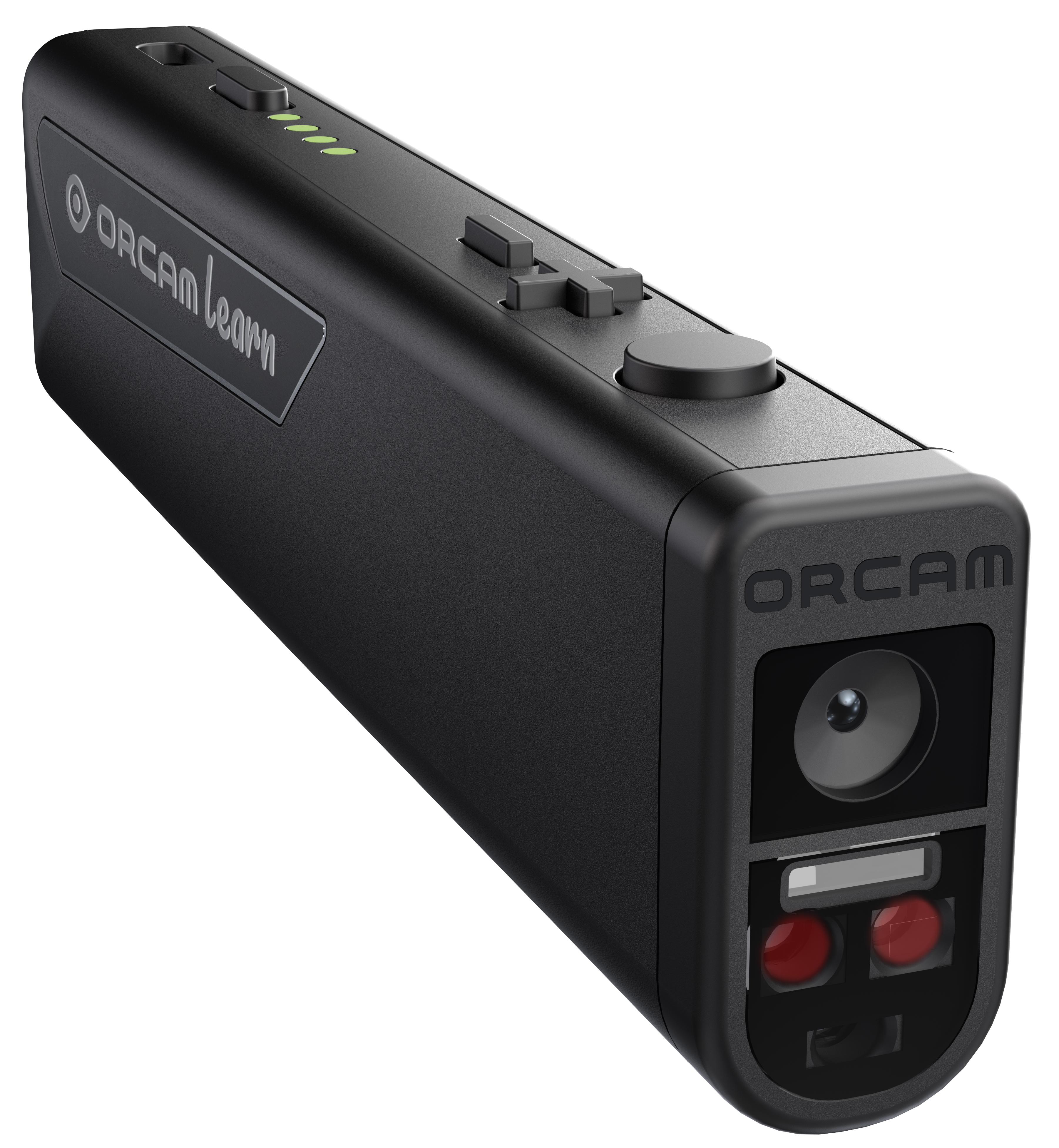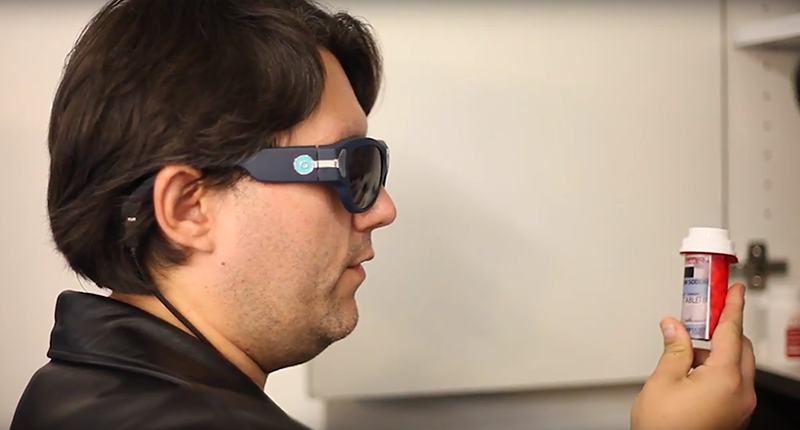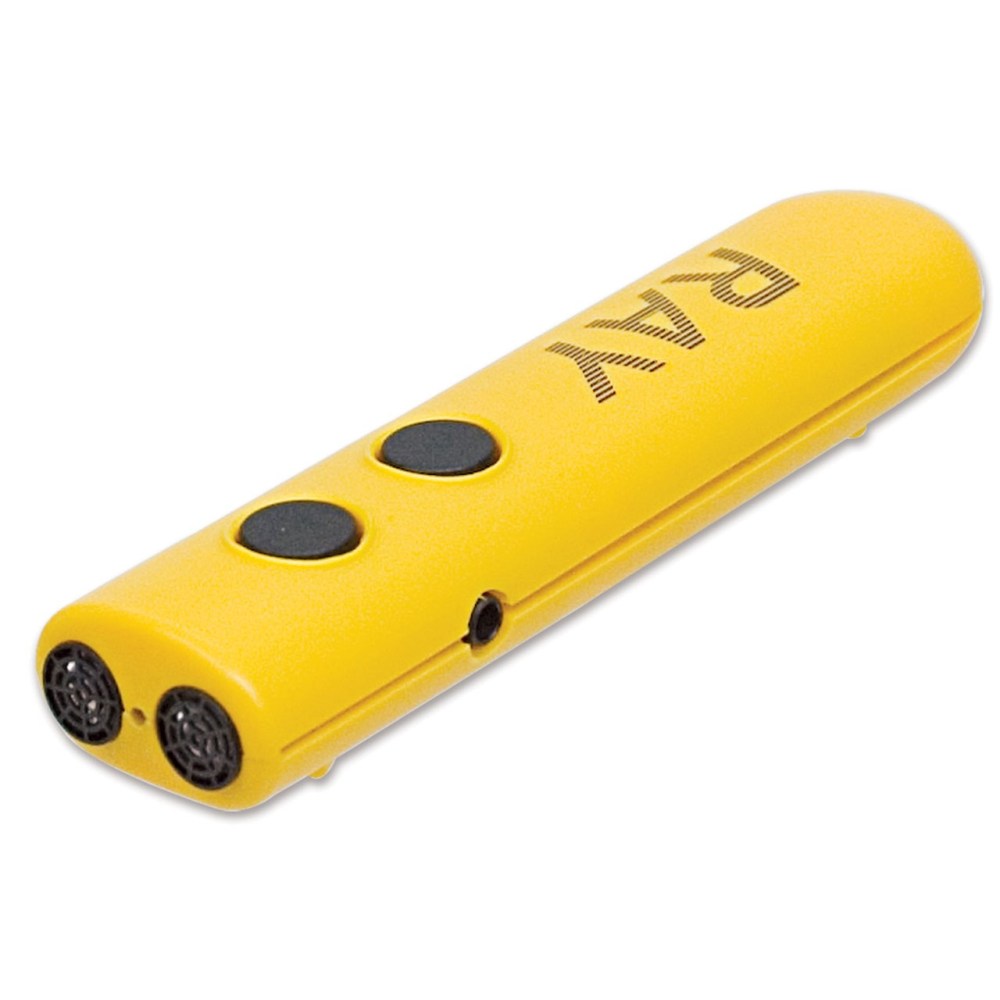AI-Powered Visual Aids: Enhancing Self-Reliance for Blind Users
AI-Powered Visual Aids: Enhancing Self-Reliance for Blind Users
Blog Article
Empowering Self-reliance With Assistive Technology for the Blind
The integration of assistive technology right into the lives of people with aesthetic disabilities represents a significant innovation in advertising self-reliance and self-sufficiency. From innovative display viewers to advanced wise canes, these devices not just improve everyday navigation and communication but additionally encourage individuals to engage meaningfully in numerous elements of life. As we explore the myriad advantages and real-world applications of these innovations, it becomes critical to analyze the hidden elements that add to their effectiveness and the potential for future advancements in this essential area.
Summary of Assistive Technology

The growth of assistive technology is grounded in concepts of inclusivity and empowerment. Innovations in software application, equipment, and sensory enhancements supply customers with choices customized to their certain needs. From display visitors that transform message to speech, to responsive gadgets that communicate info via touch, these devices transform the way individuals engage with their surroundings.
Along with practical applications, assistive technology fosters greater social inclusion and participation in numerous markets, including education and work (OCR devices for the blind). As r & d continue to progress, the potential for assistive modern technology to additionally enhance the lives of aesthetically impaired people stays promising, leading the way for an extra equitable culture where everybody can thrive
Kinds Of Assistive Gadgets
A selection of assistive gadgets have actually emerged to sustain individuals with aesthetic disabilities, each made to satisfy specific requirements and enhance everyday performance. These gadgets vary from low-tech services to sophisticated developments, giving diverse alternatives for users.
Low-tech gadgets consist of magnifiers and large-print materials that help in reading and writing. Braille tools, such as Braille stylus pens and slates, allow responsive reading and interaction. Orientation and movement help, like white walking canes, assist individuals browse their environment safely.
On the greater end of the range, electronic zoom systems and display visitors offer substantial support. Digital magnifiers allow individuals to increase the size of text and pictures on displays, while display readers convert electronic web content into synthesized speech, assisting in accessibility to information on computers and mobile phones.
Smartphone applications likewise play a critical role, offering functions like text acknowledgment and navigating aid. Wearable technology, such as wise glasses outfitted with augmented reality, is becoming a promising tool to improve situational understanding.
Advantages of Assistive Innovation
The assimilation of assistive modern technology dramatically boosts the lifestyle for people with aesthetic problems. These technologies empower users by advertising freedom, allowing them to browse their settings extra properly and execute day-to-day jobs with higher simplicity. Screen readers and magnification software allow people to gain access to digital information, promoting instructional and professional chances that may have formerly been out of reach.
In addition, assistive gadgets such as smart canes and general practitioners applications supply real-time navigation assistance, boosting wheelchair and security. This increased autonomy not just enhances self-esteem yet likewise urges social interaction, allowing customers to take part even more completely in their communities.
Assistive modern technology also promotes communication, helping individuals get in touch with others via voice recognition and text-to-speech applications. This capacity is vital for keeping relationships and accessing vital information.
Furthermore, the customization choices available with lots of assistive technologies make sure that customers can tailor tools to their specific requirements, better improving use and effectiveness. Generally, the advantages of assistive technology for people with aesthetic impairments are profound, advertising a more comprehensive society where everybody can seek their desires and goals.
Case Research Studies and Success Stories
Highlighting the transformative influence of assistive innovation, many situation research studies show exactly how individuals with visual impairments have efficiently incorporated these devices right into their every day lives. One compelling example entails an university student that used screen reading software application to navigate online helpful site resources and scholastic products efficiently. This technology not only promoted her education and learning however also boosted her self-confidence in taking part in discussions and team jobs.
One more case study includes an expert that uses a mobile phone application designed for navigating and item recognition. By utilizing this app, he has actually gained back autonomy in both his individual and work environments, permitting him to commute separately and involve with associates better.
Furthermore, a retiree shared her experience with braille e-readers, which allowed her to access a large variety of literary works and remain gotten in touch with her community with book clubs.
These success tales underscore the critical function of assistive modern technology in promoting self-reliance, boosting lifestyle, and promoting social combination for individuals with aesthetic impairments (OCR devices for the blind). By embracing these cutting-edge tools, individuals can overcome difficulties and confiscate opportunities that add to their expert and individual gratification

Future Patterns in Assistive Innovation
Advancement in assistive innovation is positioned to redefine the landscape of support for individuals with visual impairments. Emerging fads stress the assimilation of expert system (AI) and artificial intelligence, which improve the performance of devices that assist with navigating and info availability. AI-driven applications are now capable of analyzing aesthetic data in real-time, enabling customers to engage with their environment extra separately.
Furthermore, the growth of wearable innovation is advancing swiftly. Smart glasses geared up with increased truth (AR) can provide audio summaries of surroundings, transforming how customers communicate with public rooms. These gadgets not only advertise autonomy however also foster social incorporation.
Additionally, the Net of Things (IoT) is making homes smarter, permitting for seamless connection between assistive tools and day-to-day devices. This connection empowers individuals by enabling automated actions and voice-activated controls customized to private requirements.
Conclusion
To conclude, assistive technology plays an essential role in equipping people with visual problems by improving contact lens appointment their independence and interaction with their environments. The diverse variety of tools and applications offered not just facilitates navigating and interaction but likewise advertises social integration and chances for personal and expert development. As advancements continue in this area, the potential for improving the high quality of life for those with aesthetic problems will certainly broaden, fostering higher freedom and empowerment.

Report this page